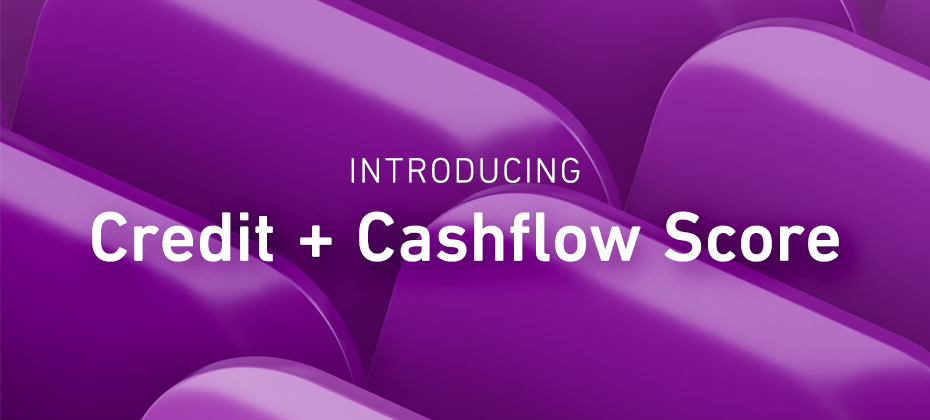At A Glance
Today's buy now, pay later (BNPL) consumers are evolving, opening the door for lenders to support responsible growth and long-term financial wellness.
Buy now, pay later (BNPL) has rapidly matured into a $175 billion market in the U.S. alone, according to PYMNTS, reshaping how consumers approach short-term financing. While early BNPL adoption was often associated with younger, higher-risk borrowers, recent data paints a far more nuanced and encouraging picture. Today’s BNPL consumers are showing signs of financial responsibility, planning, and discipline — offering lenders new opportunities to empower financial futures.
BNPL adoption is widening
Though Millennials and Gen Z remain the largest user base, usage among Gen X and Baby Boomers continues to grow steadily. Between 2021 and 2025, BNPL adoption among Gen X is projected to rise by 13.7%, and by 8.6% for Baby Boomers. According to a Morgan Stanley report, much of this growth is being fueled by the perceived ease and predictability of BNPL terms.
In fact, Experian research1shows 41% of U.S. adults have used BNPL, with nearly half of those users tapping into the service once a month or more. This increased use of BNPL appears to reflect that BNPL has moved from a niche payment option to a mainstream financial tool.
The rise of intentional and responsible spending
Contrary to outdated perceptions, most BNPL users are not overleveraged impulse spenders. Instead, Experian data shows:
- 73% of BNPL users report making payments on time and as agreed.2
- 75% cite convenience and flexible payments as their primary motivations.3
The desire for control and flexibility is a consistent behavioral theme. Investopedia notes that leading BNPL platforms are leaning into this demand by offering budgeting tools and automatic payment reminders.
Why this shift matters for lenders
When BNPL data becomes available to lenders, the data it generates will offer a powerful lens into consumer behavior. Beyond challenging old assumptions, these insights can be leveraged to strengthen risk assessment, identify new growth opportunities, and serve consumers who may otherwise be overlooked:
Enriched credit risk models
BNPL payment data can add an additional layer of insight into consumers’ financial health and behaviors. By integrating this information into their underwriting process, lenders can more accurately assess risk.
Serving thin-file consumers
Thin-file consumers, such as young adults, may often be overlooked by traditional credit models. BNPL data can provide greater visibility into their financial habits, helping lenders expand credit access more equitably and support greater financial inclusion.
Evolving with the BNPL consumer
Today’s BNPL users are not who they were five years ago. They are increasingly financially literate, focused on credit health and integrating BNPL into everyday budgeting. When BNPL data becomes available, lenders will have a chance to:
- Sharpen risk models with alternative data
- Personalize offers with greater precision
- Expand financial access to underserved groups
BNPL users are changing — and lenders who understand this shift will be ready to serve a broader, more responsible borrower base when the data becomes actionable.
We continue to work closely with BNPL providers to support expanded data furnishing and bring greater visibility to both consumers and the industry. Visit our webpage to discover the latest insights and developments on BNPL data.
1-3Experian commissioned Atomik Research to conduct an online survey of 2,005 adults throughout the United States. The margin of error is +/- 2 percentage points with a confidence level of 95 percent. Fieldwork took place between May 15 and May 20, 2025.


